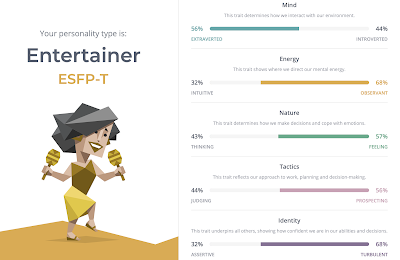Gestalt Principles
“Building on memory and experience, the brain fills in gaps and filters out extraneous data” (Lupton, 99).
As I read about the concept of positive and negative space in Gestalt principles, I immediately thought of the symbol of Yin-Yang. The yin and yang symbol (also known as the Tai Chi symbol) consists of a circle divided into two halves by a curve. The Yin, which is the dark side, represents the negative side and darkness; the other half is Yang, represents lightness and positivity. A dot of each color lies near the center of each other's halves. Thus the two halves are attached on a spiral-like curve to split the whole thing into a semicircle, and the small dots represent the idea that both sides carry the seeds of the other. The white dot in the black area and the black dot in the white area imply coexistence and unity of opposing faces to form the whole. The curvature means that there is no absolute internal separation between the two opposites. The yin-yang symbol, then, embodies both sides: bisexual, paradoxical, unified in diversity, change and harmony.
 |
| Art by Milan Loiacono |
The artworks that we often see tend to make us focus on the positive space and neglect the negative space. Conversely, the concept of Yin Yang helps us see the important roles of both of these two elements in a unified whole. This symbol treats the negative space as importantly as the positive space and underlines the necessity of each to create balance.
As we can see, Yin and Yang together design a balanced composition between positive and negative space. This symbol emphasizes that darkness and lightness are something that are parts of the natural rhythms and flows of the universe. They coexist to create a unified whole.



I find this extremely interesting that you compared Ying and yang to the brain filling in inner gaps in. I completely agree and since Ying and yang mean everything the brain can also conceptualize space as anything.
ReplyDelete